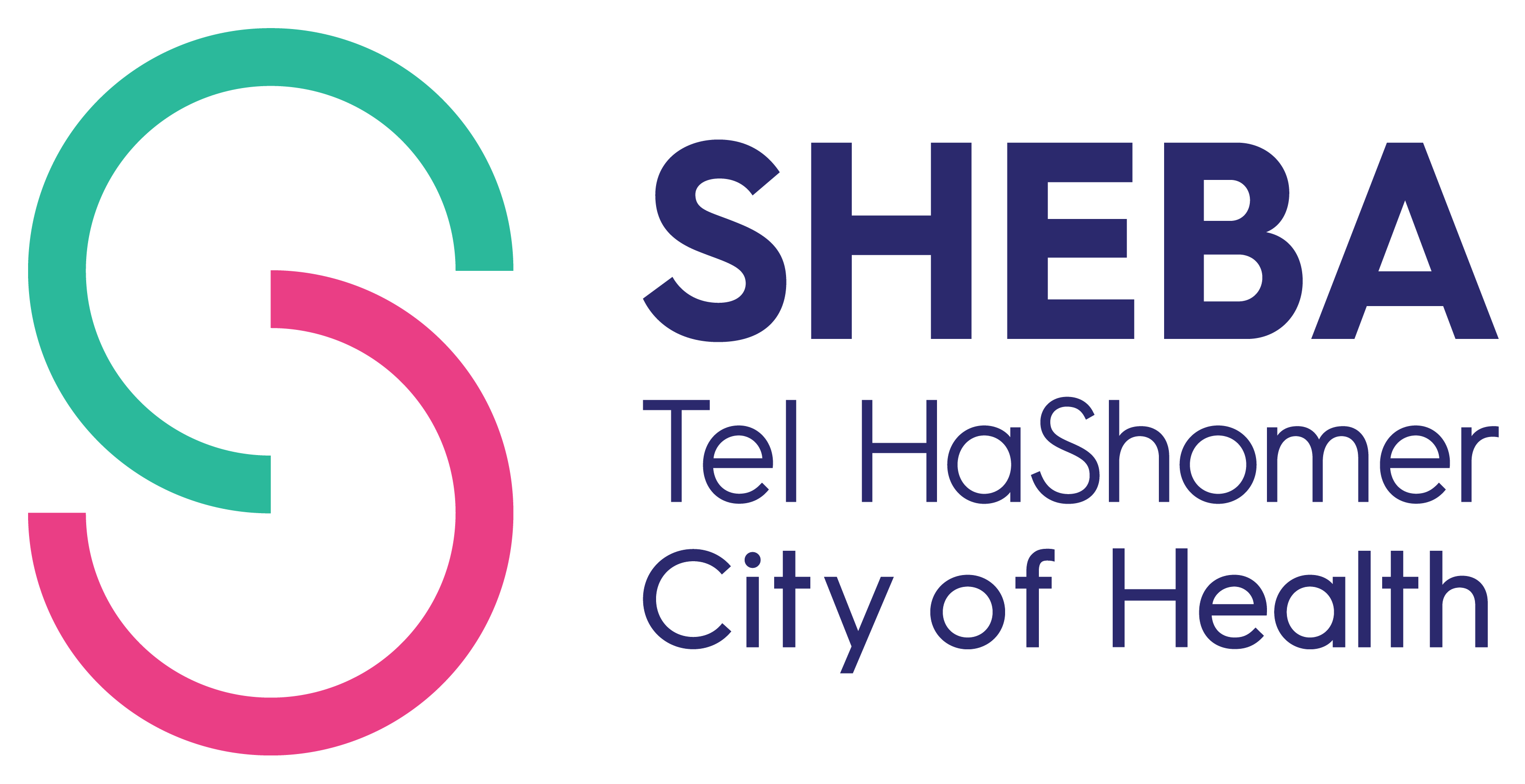CT of the musculoskeletal system
What is CT of the musculoskeletal system?
Computerized Tomography (CT) is a non invasive and painless imaging modality in which an image is created by passing a controlled x-ray beam through an object (e.g. the arm) and extrapolating the amount of beam attenuation into a gray scale image.
CT images represent the differences in tissue density (in simple terms, the denser the object the "brighter" it is on CT e.g. metal, bone, calcifications and contrast; whereas fluid, fat and air which are less dense will appear "darker").
CT portrays the bones and soft tissues in the regions that are scanned (e.g. foot, arm, spine) and pathologies such as fractures, infection, or tumors can be detected.
Image:
CT of the ankle showing comminuted fracture (arrows) of the heel bone (calcaneus).
In certain instances there is a need for I.V administration of iodine-based contrast material in order to accentuate the differences between the tissues. It is of most importance that the patient notify the physician or technician of any known allergic reaction to iodine or other contrast material as well as other pre-morbid conditions such as asthma, diabetes, kidney disease and thyroid related disease.
You may be asked to refrain from food and drink for 4 hours prior to the exam.
Women of child bearing age should notify the physician of any chance of pregnancy, since CT carries the risks of ionizing radiation to the fetus.
Women who are breast feeding should refrain from feeding up to 24 hours following the exam.
CT scan allows us to
-
Demonstrate fractures.
-
Further evaluate suspected findings on plain radiographs - such as calcifications in bone.
-
Demonstrate bone and soft tissue tumors including metastases
-
CT can provide guidance for interventional procedures such as biopsies and pain relief treatment
CT is less sensitive than MRI in demonstrating bone marrow abnormalities as well as in the evaluation of soft tissue findings including tendons and muscles.









